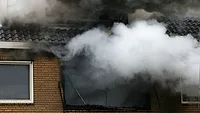Web Exclusive
Science of Odors
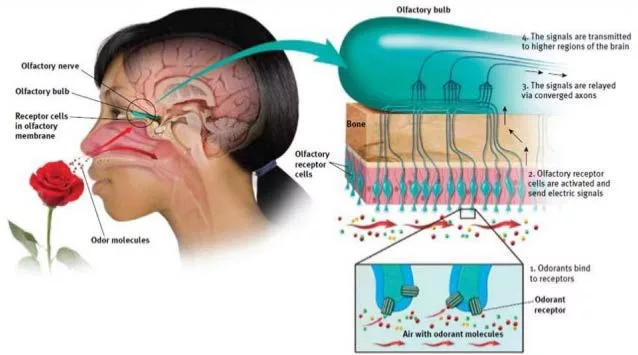
“I smell ……...”
“You mean you really don’t smell that? You’re just pulling my leg, right?!”
Being stuck in this predicament with your customer can feel like a never-ending battle. One might begin to wonder, if it is us experiencing the odor, that we are crazy after others express they cannot detect the odor. Does that mean we are due for a sinus flush? Not likely, odors are perceived by each person a bit different. What might be offensive to one might be pleasing to another – think vinegar!

What the customer smells could be similar to what you are experiencing, or it could be drastically different. The perceived odor is recalled and associated with our memories. One might associate the smell of fish to home and in turn perceive the smell as comfort or even pleasant. Others may scoff and run from the odor if associated with a bad memory such as a fishing accident or illness following seafood consumption. What happens when the odor is less easy to identify? Such as ‘Chemical’ or ‘Sweet’. These words alone can result in many different ideas or sources of the odor.
How then can odors be addressed when the customer has a complaint that you cannot detect or that isn’t perceived as offensive to your crew? Covering the odor simply masks the odor or in the case of the dreaded Poo-Pourri, mixes with the bad odor. Odor removing technologies are helpful, but they too have limitations. Odors can resurface shortly after treatment if the source itself is not located and removed. Understanding the science behind the odor will help to locate the source and to provide a more complete service.
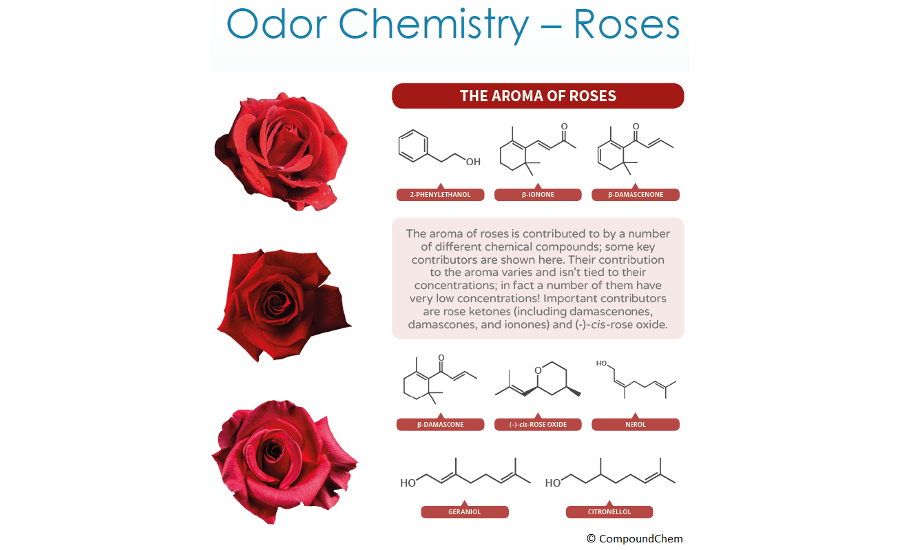
The classification or identification of an odor starts with data and research. Odors are the results of chemicals that are emitted from the source. Basic understanding of Volatile Organic Compounds (VOCs) can help to narrow down the type of odor and subsequent source. VOCs are the chemicals emitted at room temperature from the sources. The chemicals have different classes to categorize them and based on these classes different odor classifications. The chemical analysis of odor sources is relatively easy with finite chemical answers. The difficulty in Odor Characterization occurs when human element and individual perception is introduced.

To explain, Odor studies are performed using large groups of data from many different participants. Odors are given thresholds, intensity, characteristics, and tone classifications among others. Threshold is determined by detection of an odor at different concentrations until it reaches >50% detection. Intensity and Character are used to categorize the odor with descriptors that are used by a majority of the test group. With description of the unidentified source, complaint odor and a bit of research you can start the process of elimination and determination of the odor source.
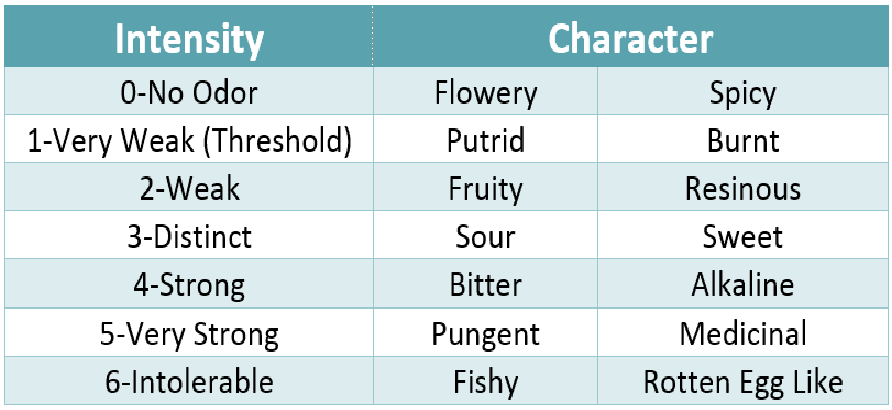
As has been noted, individual odor perceptions differ, and it is for this reason that exploring the groups and chemical types in which you align the characterized odor is so crucial. The universal “sniffer” tests simply cannot detect, with accuracy, the scent in time or locate the source. You will be best prepared to detect and eliminate the source of odor when a laboratory or chemical group is involved. The results will include happier and less frustrated customers and fewer post odor remediation complaints!
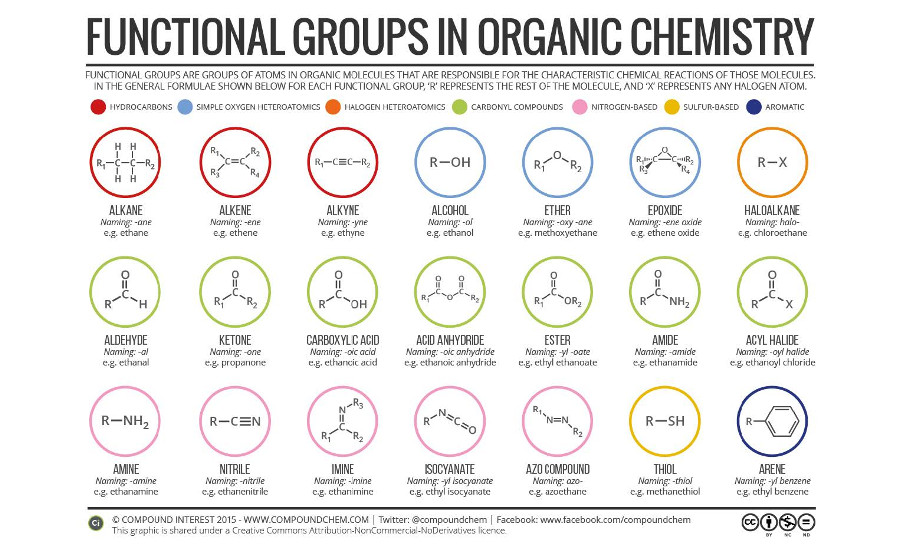
Looking for a reprint of this article?
From high-res PDFs to custom plaques, order your copy today!




